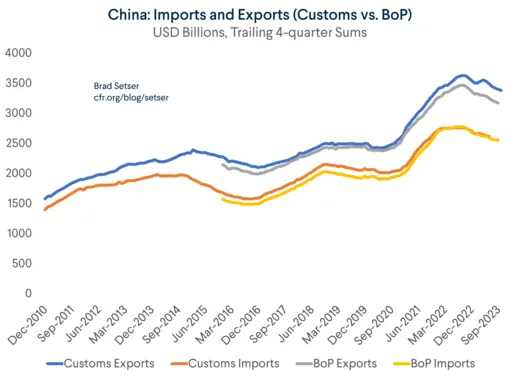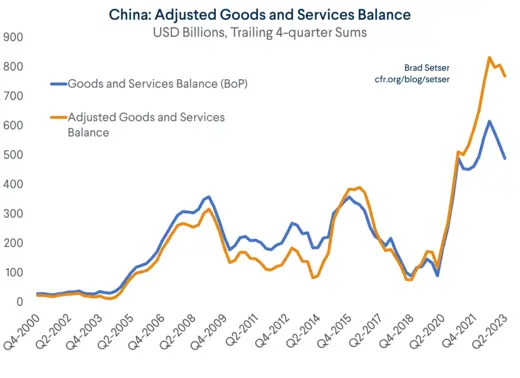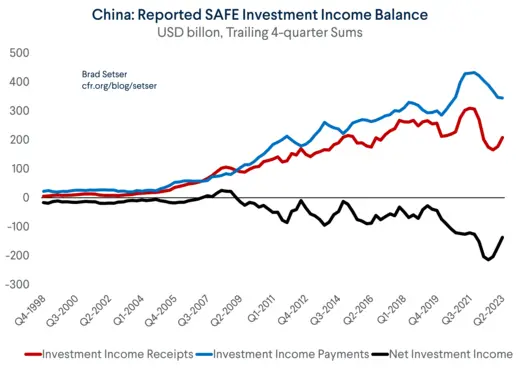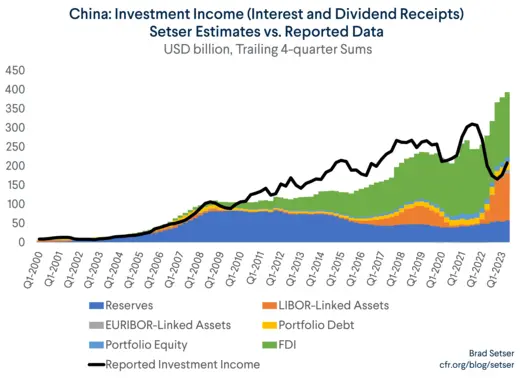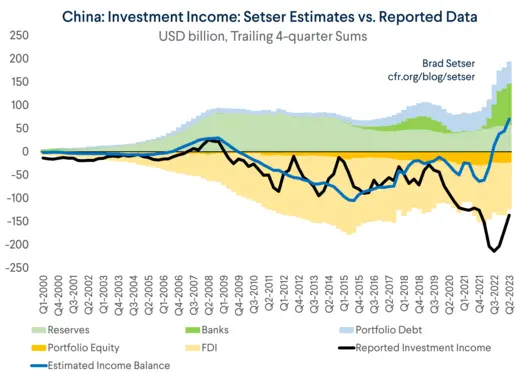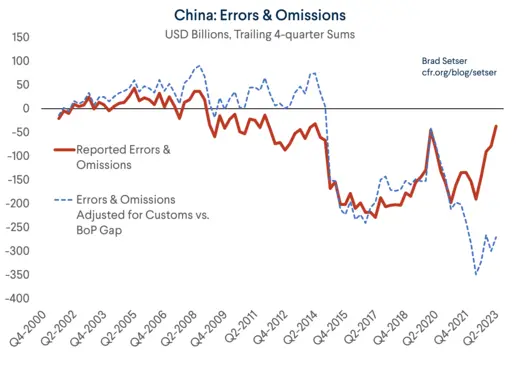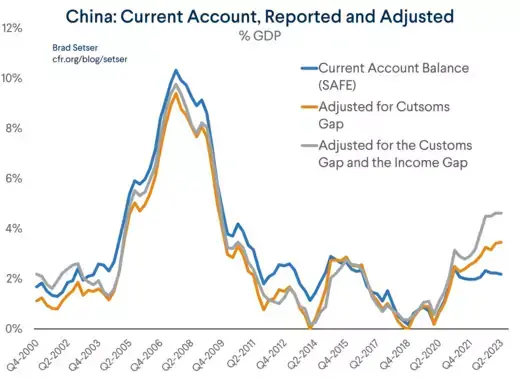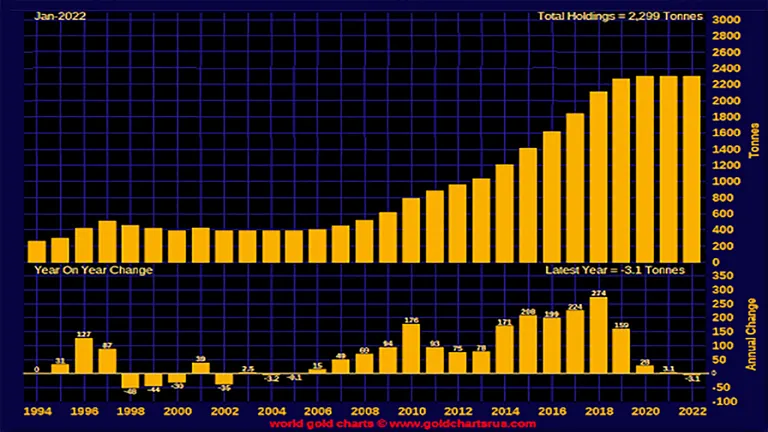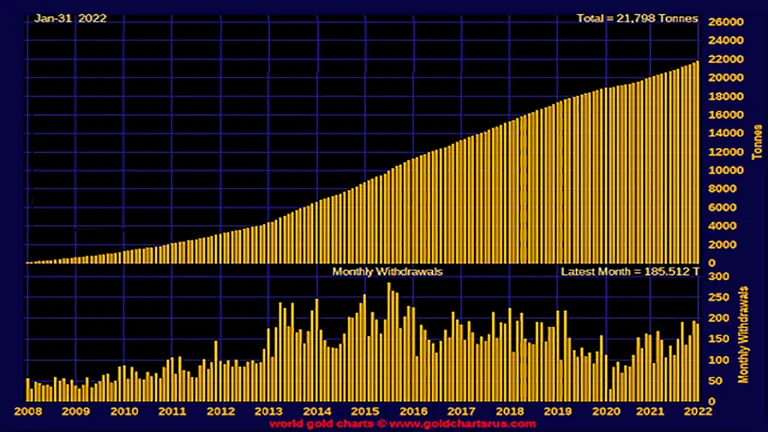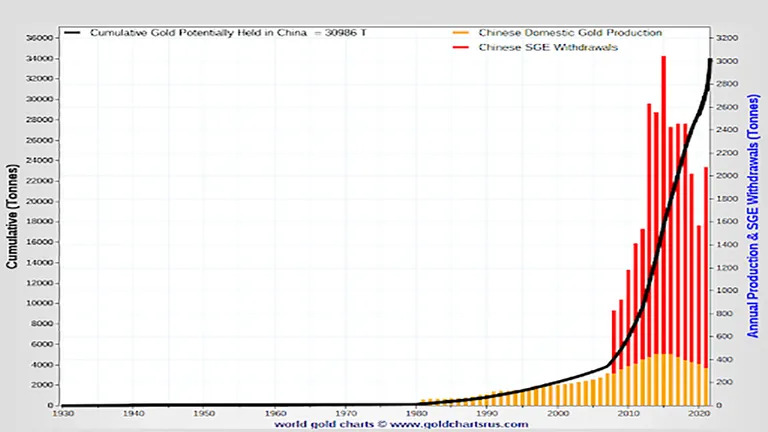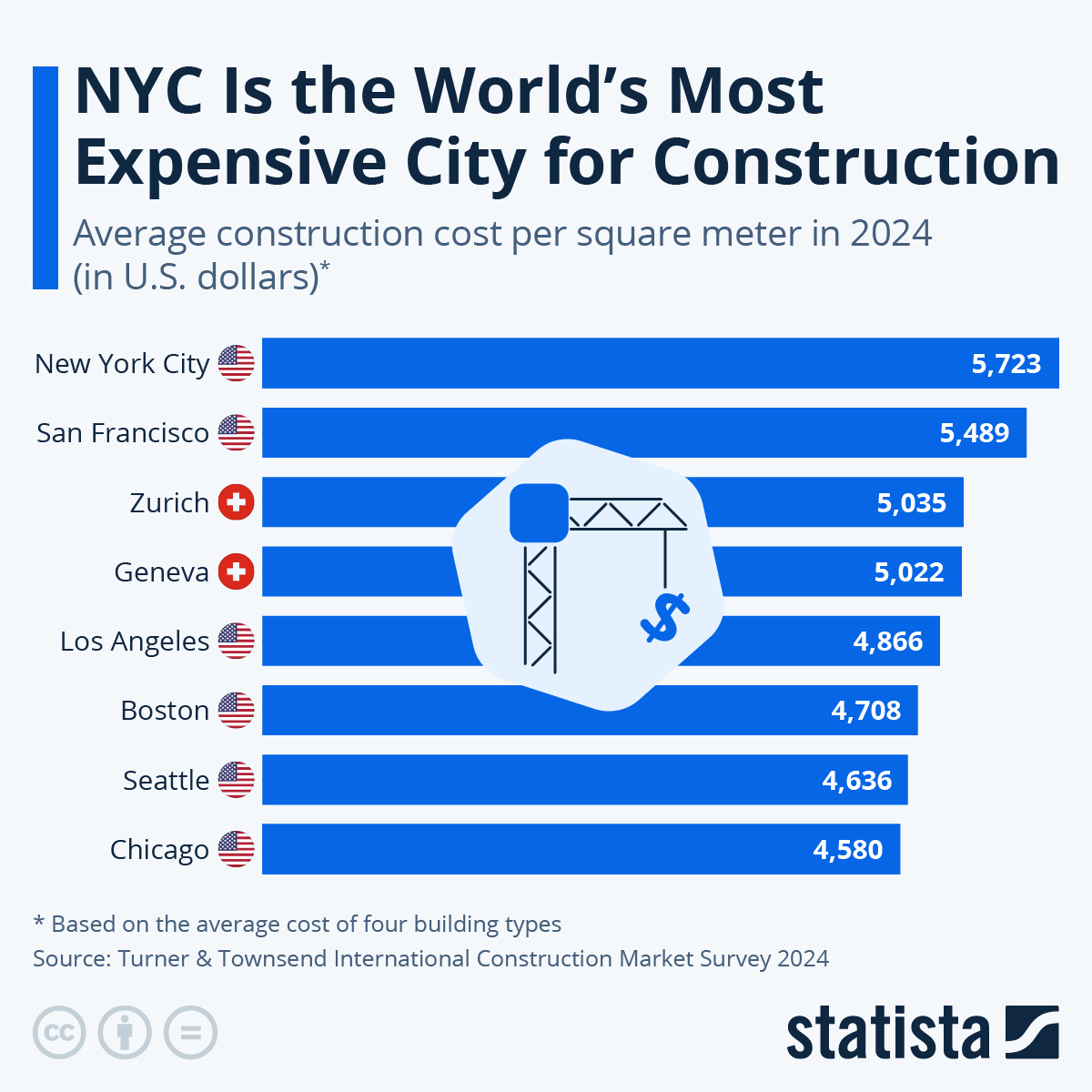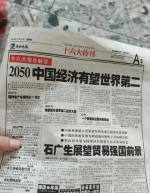Beijingwalker
Elite Member
- Nov 4, 2011
- 76,545
- 104,135
- Country of Origin

- Country of Residence

What’s the real size of China’s economy? China has been lowballing GDP for decades
World Bank’s latest purchasing power parity GDP survey shows China edging up slightly on US but the measure widely misses the markBy HAN FEIZIJUNE 17, 2024
– Peter Gabriel
In May, the World Bank concluded one of its periodic International Comparison Program (ICP) assessments – the price survey which “officially” determines purchasing power parity GDP
Like college rankings, the league table of the world’s largest economies shifted just enough for the obsessives to notice while springing no real surprises. Harvard will be Harvard and whether Princeton ranks above or below Yale this year is largely irrelevant.
For the obsessives, China’s lead versus the US expanded by 5.6%, India inched closer to China, Japan kept its ranking while sliding down a tick, Russia moved ahead of Germany, France ahead of the UK, Indonesia tumbled two places and Brazil rose one spot. The top 10 remained the top 10.
While Russia fans can beat their chest over a 13% increase in PPP GDP and the British may fret about dropping out of the top 10, all said, the latest ICP did not produce any remarkable revelations. Nor should it have.
Periodic pricing surveys are necessary to calibrate and maintain the accuracy of PPP adjustments. However, if they result in significant shifts, either too much time has elapsed between surveys or methodologies have broken down.
The ICP is a massive undertaking. According to The Economist, World Bank researchers visited 16,000 shops in China alone to collect price data. The latest ICP assessment collected data in 2021, four years after the 2017 survey. And the conclusion is that China’s GDP was undervalued by US$1.4 trillion pushing China’s 2022 PPP GDP from 119% of the US to 125%.
According to the Economist, China’s National Bureau of Statistics (NBS) was not impressed, downplaying the results stating, “We need to interpret the… results with caution and correctly grasp the global economic landscape and the status of each economy in it” while stressing China remained a “developing economy.” If the NBS did not like such a modest upward adjustment to China’s PPP GDP, it will surely hate the rest of this article.
China’s PPP GDP is only 25% larger than that of the US? Come on people… who are we kidding? Last year, China generated twice as much electricity as the US, produced 12.6 times as much steel and 22 times as much cement. China’s shipyards accounted for over 50% of the world’s output while US production was negligible. In 2023, China produced 30.2 million vehicles, almost three times more than the 10.6 million made in the US.
On the demand side, 26 million vehicles were sold in China last year, 68% more than the 15.5 million sold in the US. Chinese consumers bought 434 million smartphones, three times the 144 million sold in the US. As a country, China consumes twice as much meat and eight times as much seafood as the US. Chinese shoppers spent twice as much on luxury goods as American shoppers.
In 2023, Chinese travelers took 620 million flights, 25% fewer than the 819 million flights taken by Americans, but Chinese travelers also took 3 billion trips on high-speed rail (and 685 million on traditional rail), significantly more than the 28m Amtrak trips.
With the exception of luxury goods, all of the above are volume or unit measurements and need to be adjusted for quality/features to be comparable apple-to-apples. It would be highly presumptuous of us to discount the 16,000 shop visits conducted by the World Bank and accuse them of grossly lowballing China’s PPP GDP.
But that is exactly what we are going to do. It is prima facie ridiculous that China’s production and consumption, at multiples of US levels, can be realistically discounted for lower quality/features to arrive at a mere 125% of US PPP GDP.
It’s not that we think the World Bank has done a bad job. It’s that we believe China’s NBS, contrary to popular opinion, has been lowballing GDP for decades and the World Bank has to work within the confines of the NBS’s reported data. This was politically important decades ago for WTO concessions and it is politically important today to maintain developing economy status as China makes a play for leadership of the Global South.
We believe China’s GDP and PPP GDP are lowballed by an incomplete transition from the Material Product System (MPS) of national accounts, which excludes services by design. The World Bank is likely dutifully doing its sums with goods consumption in China multiples of the US but measuring services consumption as a fraction of the US.
The United Nations System of National Accounts (UNSNA) provides voluntary guidelines and specifically states that nations should base their national accounts on local conditions. What that has meant in the West is to adopt all UNSNA “innovations” introduced over the years.
Items like imputed rent, legal fees and R&D are now all included in GDP. The UK went hog wild with both illegal drugs and prostitution as now part of their GDP because… hey, why not? UNSNA’s 2008 guidelines explicitly recommend that illegal market activity should be included in GDP.
China’s NBS stood its ground on a conceptual level. Rightly or wrongly, the Leninist MPS considers services necessary costs of material production rather than real value creation. In China’s first attempt at converting MPS to SNA in 1985, it tacked on a ludicrously low 13% to the MPS number and called it China’s services GDP.
Over the years, the World Bank has twisted the arm of the NBS for modest increases to China’s services GDP – with limited success.
The affordability crisis in Western economies, the US in particular, is largely driven by inflation of necessary services – rent, healthcare, education and childcare – not by manufactured goods. While these costs have also gone up in China, they have increased less and much are left out of GDP anyway.
Also not captured by the ICP survey conducted in 2021 are the price and service wars that have broken out across industries and products – a bane on businesses but a boon for consumers.
This is most visible in China’s car market with OEMs either cutting prices to the bone (Hyundai Sonatas down to $17,000 from $42,000) or offering cutting-edge technology for peanuts (a 2,000-kilometer range BYD Q plug-in hybrid electric vehicle for $14,000). The price of solar panels fell 50% in 2023 and continues to trend down in 2024. CATL has announced plans to cut lithium-ion battery prices in half by the end of 2024.
Restaurants are offering white glove perks like hot towels, lotion by the sink and snazzy remodeled decors. Hairdressers hand out bottled water and fruit plates. Tech companies have slashed large language model (LLM) prices to basically free. Service quality in China, impossible to quantify, is now head and shoulders above the West and probably even Japan.
Adherence to UNSNA has caused a breakdown in the meaning of GDP. As necessary services become an ever larger share of Western economies, their growth does not appear to result in discernable improvements in living standards.
Are US healthcare and universities twice as good as they were in the year 2000? If US households have not gotten vastly improved healthcare, education, housing and childcare over the past two decades, then inflation has been systematically underreported and GDP growth may have, in fact, been less than 1% per annum (instead of 2%), which equals stagnation given 0.8% per annum population growth. This may go a long way in explaining popular anger and the meltdown of American politics.
China’s material-focused GDP may be a better measure of the economy as it relates to living standards, especially since UNSNA has obviously lost its mind by now officially recommending drugs, prostitution, illegal gambling and theft be included in GDP.
Western defense analysts are onto something when they come up with wildly inflated estimates for China’s defense spending. But it’s not China’s defense spending that is lowballed – it is Western defense spending, especially by the Pentagon, which needs to be reassessed.
Somehow the $1 trillion a year the US devotes to defense (including intelligence and Energy Department programs) has caused the US Navy to shrink while China’s $236 billion budget has built the world’s largest navy by ship count.
Similarly, analysts who lament that China accounts for 30% of the world’s manufacturing output but only 13% of household consumption are far off the mark. China accounts for 20-40% of global demand for just about every consumer product but much of the services it consumes have been left out of national accounts.
So how much is it? How big is China’s economy really? About six months ago, this writer estimated that China’s GDP needed to be grossed up by 25-40% to be on a UNSNA basis.
But after shopping for cars, buying a domestic brand carbon fiber road bike with all the bells and whistles for $2,600 (equivalent to a $15,000 Trek), paying $7.65 for Bluetooth earphones (much better than the $250 PowerBeats Pro they replaced), renting cars for $20 a day, staying at boutique hotels for $30 a night, buying an extremely solid heavy duty umbrella for $2.20 (and losing it right away) and undergoing an unfortunate series of medical interventions (both major and minor) for less than the deductible on expat health insurance and getting white glove customer service for the smallest of purchases, Han Feizi’s mental map of price and value has crumbled.
No, the ICP did not do a lousy job. They were hamstrung by the initial conditions that China’s NBS subjected them to. And the data released in 2024 was taken in 2021 – ancient history in China. The recent ICP adjustment of a few percentage points in China’s PPP GDP relative to the US elicited consternation from the NBS.
But the reality is an accurate adjustment would be of a multiple or two.









